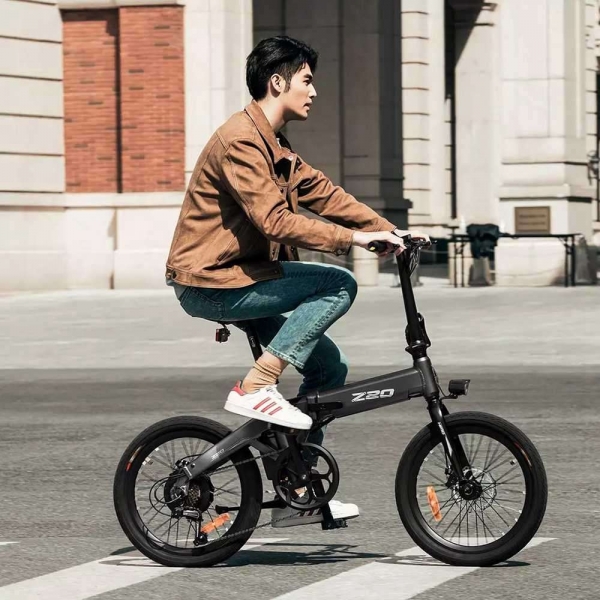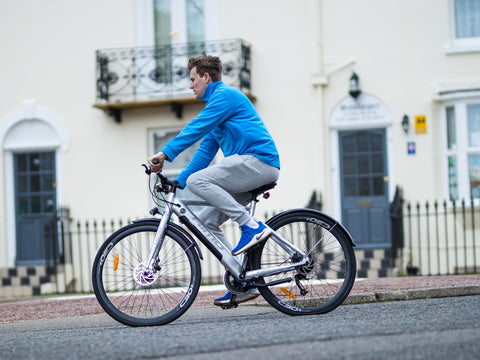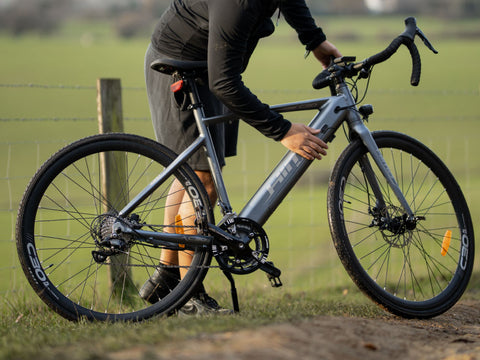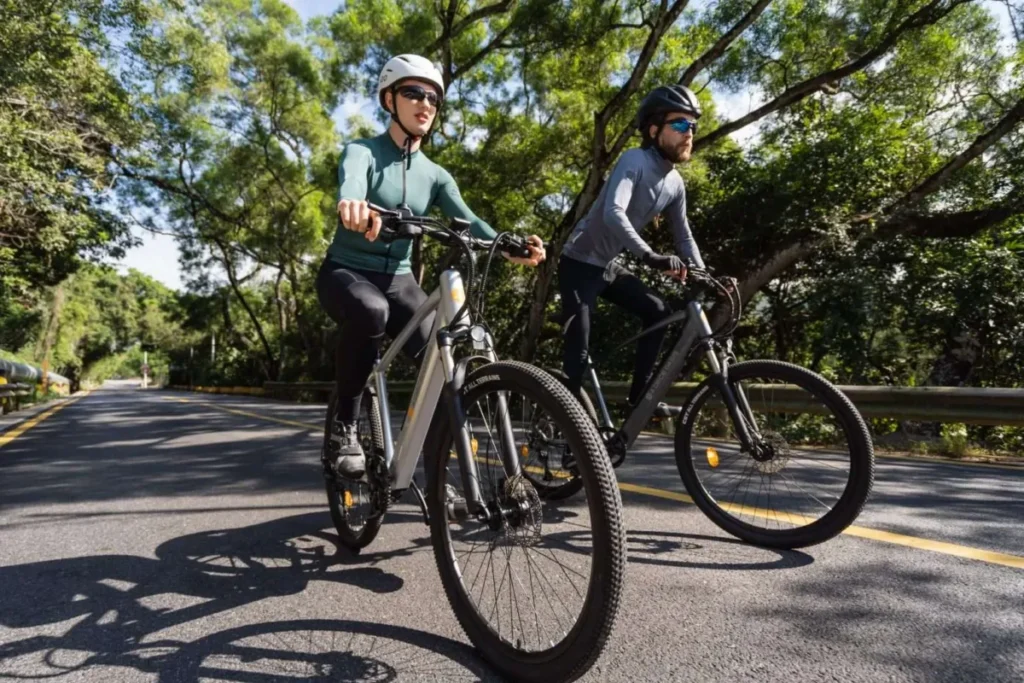Electric Bike Range Explained
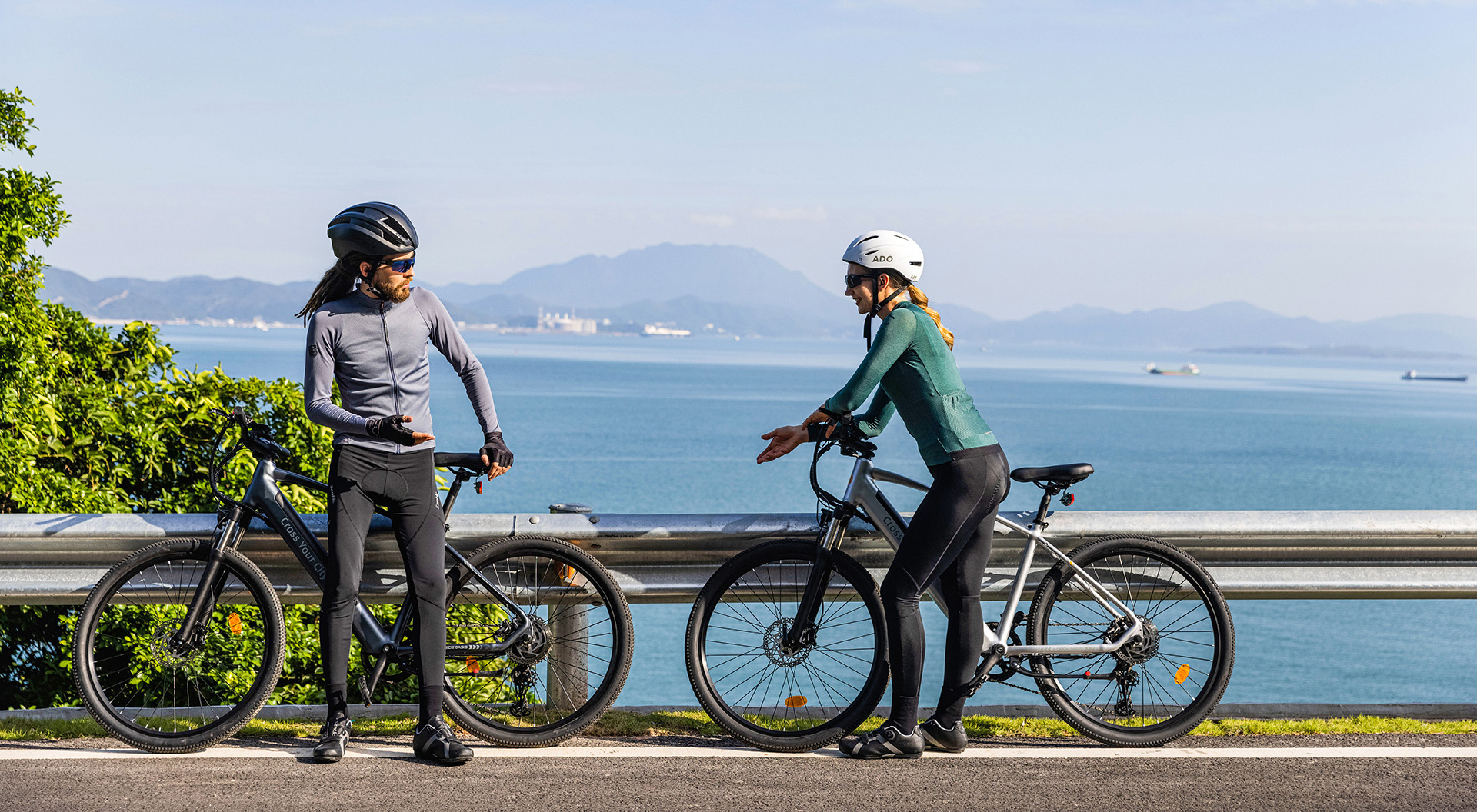
Electric bike range is the maximum distance an electric bike can travel on a single charge. The size of the battery and the surface you’ll be riding on will determine how far you can travel.
Electric bicycles can currently travel 350–400 kilometers on a single charge, which is their maximum range. Typically, 3kW batteries are used to power these e-bikes. Standard e-bikes could travel up to 100–120 km on a single charge with batteries that were 400–500W. Simple e-bikes typically have a range of 50 to 60 kilometers per charge. The longer an e-bike can be used between charges, the better the battery. In addition, a variety of outside circumstances influence the riding range. You will understand why occasionally your battery could deplete considerably more quickly after reading this article.
If you don’t already own an electric bike, you probably want one now. Because at the moment, e-bikes are one of the fastest and safest forms of mobility. With them, you can also enjoy the scenery and get some exercise on your way.
How far can an electric bike go?
Electric bikes typically range from 25 to 45 miles (40 to 72 kilometers) on a single charge. The size of the bike’s battery, the surface, and the weight of the rider will all affect this.

External factors affecting the electric bike range
Several external elements can affect a bike’s range, some of which can be changed to increase the distance an e-bike can travel on a single charge; more on that later. These outside variables include:
Weight of objects
It takes more force to move an object the heavier it is. As a result, as the weight on the e-bike increases, the motor needs to work harder and utilize more power. As a result, the distance traveled on an electric bike is reduced. It is based on the rider’s weight and any load they may be hauling.
Landscape
More energy is needed when moving upwards because the motor is fighting gravity and friction, as opposed to conflict when moving uphill on flat terrain. The weight aspect mentioned above worsens this situation because moving more weight uphill requires more effort. The landscape doesn’t simply refer to hills but less-grippy surfaces like dirt and gravel. These surfaces require more power than smooth pavements do.
Effects of weather
A headwind does the reverse, making you and your e-bike work harder and lowering your range. A tailwind can aid in buoying you along, assisting you, and boosting your capacity. Wet surfaces, including paved roads and mud, are likewise less gripping, requiring the e-bike to use more force to propel the rider forward.
Repeated activation
Ebikes use much more energy to accelerate to their highest speed than it does to maintain that pace. The motor will have to work rigid to accelerate off the line and return to the desired speed once you’ve stopped and lost momentum.
Human effort
The energy the e-bike needs is directly related to how hard you pedal. The power the e-bike must put in decreases as you put more into the system. Your range is expanded as a result. Alternatively, the e-bike compensates by increasing its energy input and decreasing your content the lazier you are with your energy intake.
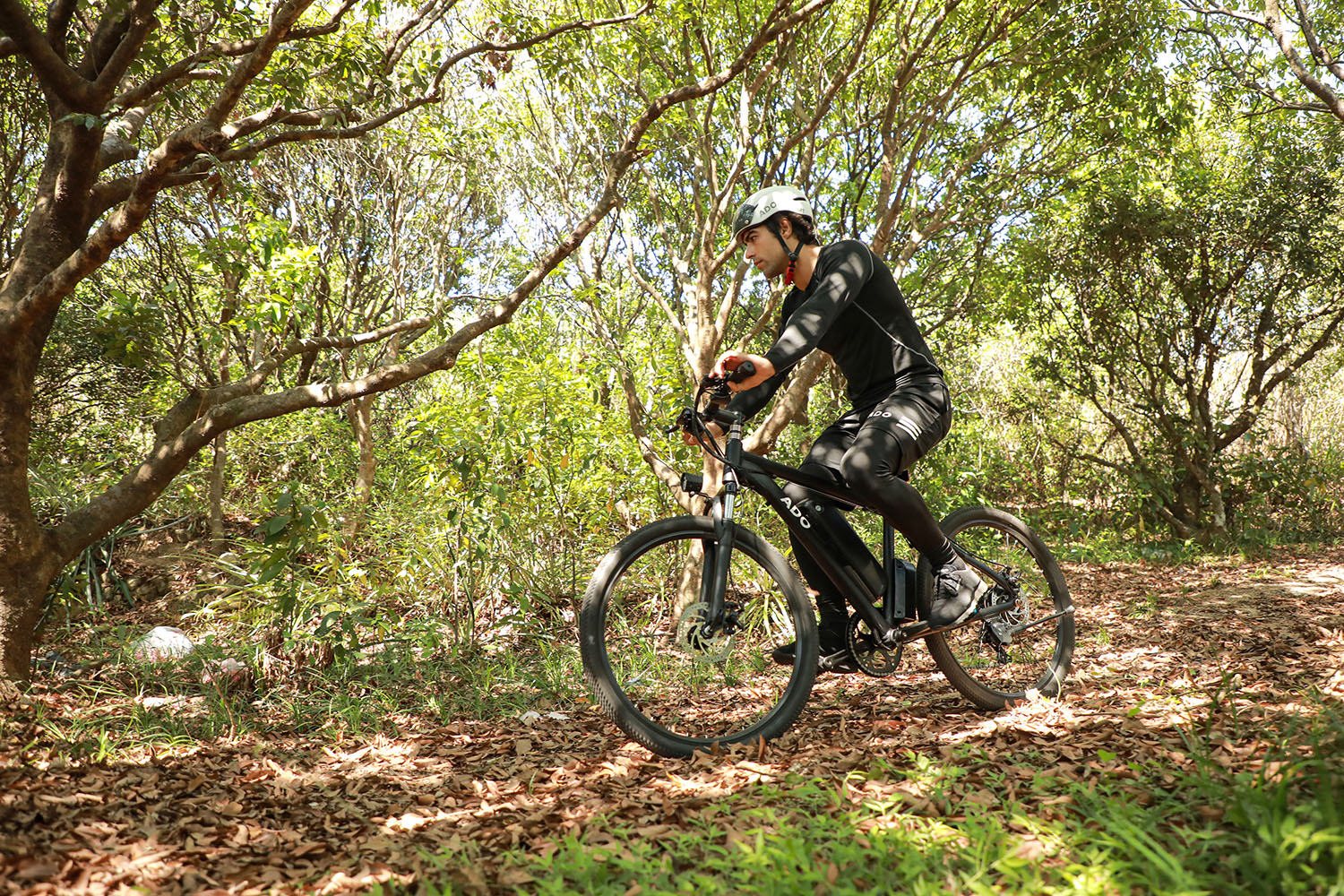
Internal factors affecting the electric bike range
Capacity of battery
An e-bike’s battery capacity, or how much power it can contain, is the first and most evident range factor, and we can use this to determine an e-bike’s range. Your battery is a lithium-ion battery, the same as in your phone or laptop unless you’re riding one of the first electric bicycles introduced in the modern age, which is highly doubtful.
You’ll notice that the battery won’t fully charge after roughly 1000 charge cycles, or around the 2-year mark for a daily e-bike user and up to the 5-year mark for infrequent users or “weekend warriors.” All lithium-ion batteries experience this naturally as part of their lifecycle. The capacity of the electric bike battery won’t decrease significantly, but a smaller capacity means less power is available, which results in a shorter range. When this occurs, it’s time to consider getting a new battery.
However, if the battery is relatively new, we can estimate how many miles it can travel on a single charge. The average e-bike battery has a reported and tested range of around 1 mile per 20-watt hour, with all other elements being neutral or moderate.
Huh? Sure, we do. Some high school physics needs to be dug up from the memory banks here. But the physics is simple; you must enter a few quickly-found integers into the equation below:
Vx AH = WH
The above equation v indicates the voltage, and ah means amp hours. Wh stands for watt-hour
All e-bike manufacturers currently in existence supply the first two numbers. We’ll use the Aventon Level Commuter as an illustration. The Level Commuter e-bike has a 48V, 14Ah battery, as seen in the Technical Specifications under Battery.
Therefore,
48 voltage x 14 amp hours = 672 watt-hours
With all other variables being neutral or average, our general e-bike average provides us with 1 mile per 20Wh. Divide 672 wh by 20, and the result will be 33.6 miles.
We may therefore anticipate getting 33.6 miles from a single charge on our Aventon Level Commuter if everything else is average. You might obtain an even more accurate approximation of your range if you take this information and add those above “External Factors.” You have just become an e-bike range estimator!
Power Decisions
The amount you decide to rely on the electric component of your e-bike to power or support you while directly riding affects your range. Use the throttle to maneuver, and you’ll swiftly consume all the available power. However, you will have a more comprehensive range if you employ your pedal assist. You can increase your capacity even further if you learn how to use pedal-assist as efficiently as possible with the right gearing; we’ll cover this in the next section and our final list of advice on e-bike range expansion.
Now let’s discuss some mechanical factors
Mechanical factors
1. Gear
Gear is an essential part that profoundly affects the battery life. Your motor will have to work harder and burn more watt-hours if your gear is too high for the conditions. You, your engine, and your range will benefit if the gearing is adjusted with your amount of pedal assistance!
2. Tires and Pressure
Compared to their off-road siblings, commuter tires, which are smoother and slimmer, are far better at converting energy into movement. Additionally, tire pressure is crucial, and underinflated tires might lower your e-bike range score.

How to increase the range of your ebike?
A range extension for an electric bike is possible in several ways. The primary ones are to use less assistance, fully inflate the tires, change the batteries, cycle more slowly, and reduce weight. Following are some valuable tips to increase the range.
Reduce the level of support
Electric bikes with pedal assistance help you pedal. Contribution can be adjusted in both directions. Your electric bike’s battery will deplete more quickly the more aid you are using. It means that you should utilize one of the lesser degrees of assistance if you wish to enlarge the range of an electric bike.
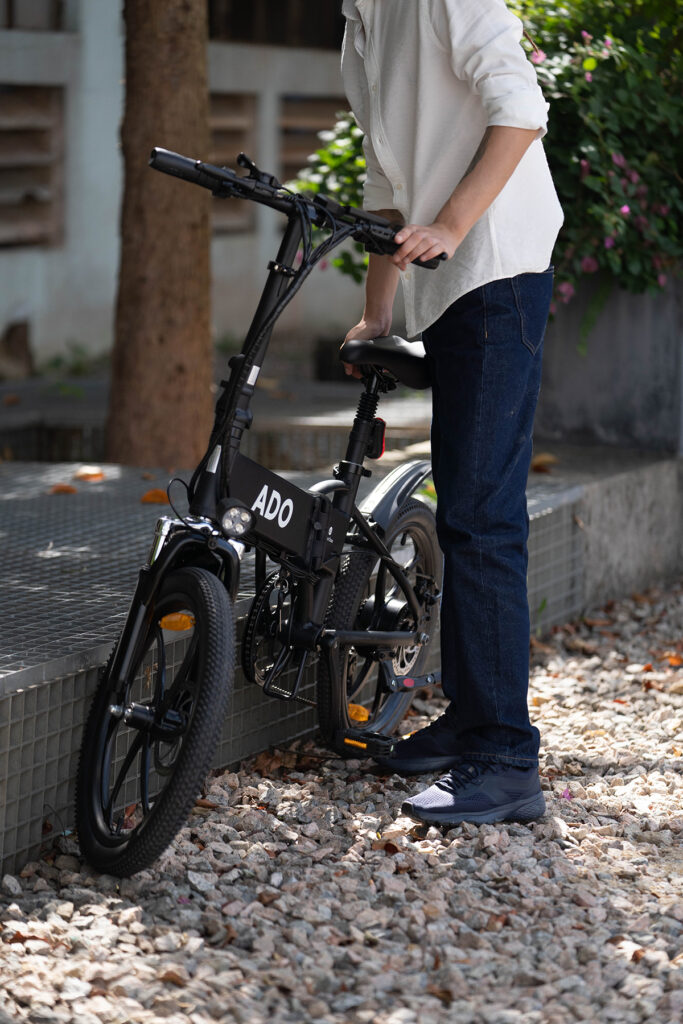
Recharge battery after usage
Battery University data demonstrates that lithium-ion batteries perform at their peak when charged from 50%. Avoid your battery running utterly flat before setting it if you want to get the most life out of it as it ages.
Low-speed riding
The power needed to maintain speed grows as you bike faster. Use the calculator on this website to find out how much more energy is required to maintain momentum as you accelerate. You might consider cycling more slowly to extend the battery’s range. Although you’ll arrive at your destination later, it will be more comfortable, and there’s less danger that your battery will die before you do.
Use soft tires
Another method to reduce the drag produced by your wheels is to use thinner tires. Thin tires are always present on racing motorcycles for a reason. Because mountain bike tires make it simpler to cycle at high speeds on the road, it would be impossible for them to move as quickly. Despite this, thicker tires have gained popularity because electric bikes let you pedal more forcefully. Examples of these tires are the fat tires used on electric bikes. You may pedal on more challenging terrain like the sand by employing thicker tires like these, but your motor will need to work rigid to keep you moving.
Weight reduction
The maximum weight you have to move with the help of an electric motor, the more energy it will consume. It means you should take steps to lessen your weight to maximize how far you can travel on your bike. Maybe you may leave something in your bag that you don’t need behind.

